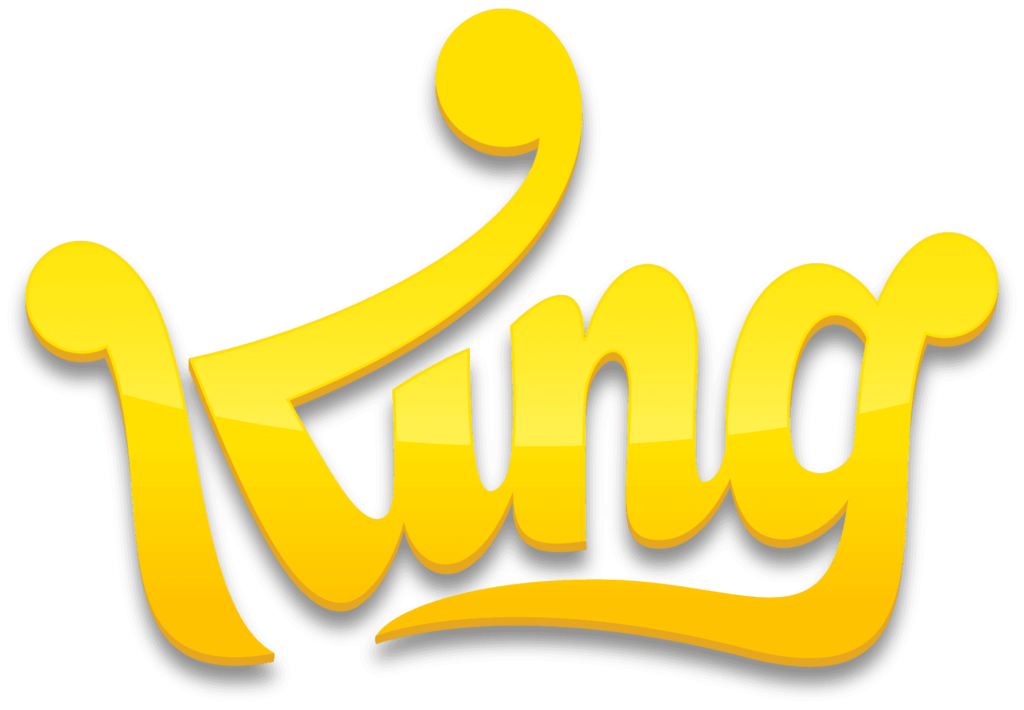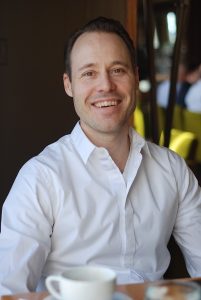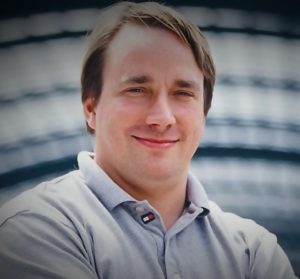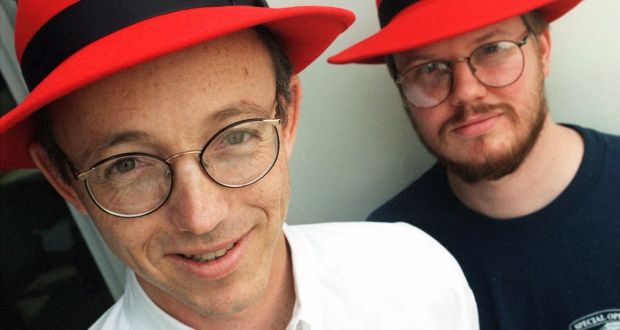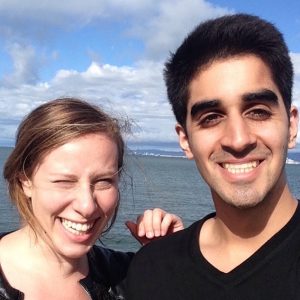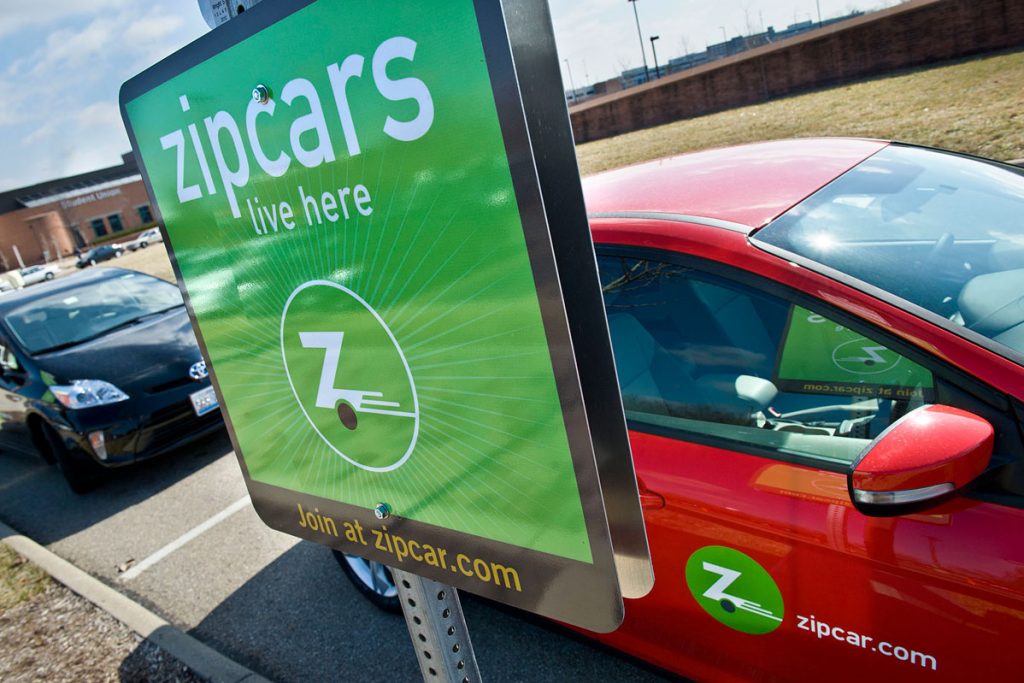Steve Case – The Founding CEO of AOL & One of the Most Accomplished American Entrepreneurs
It is very difficult to find variety in the services in a single company, but there are possibilities for everything in the tech industry be it anything. Such possibility was put into effect by AOL (American Online) and is still doing the same, as it fulfils multi-tasks for its users. The company was not always doing this well. The man, who helped the company to rise through the ranks is Steve Case. The story of Case speaks that success is hard but not impossible to achieve.
American Online Inc. is an online service provider, headquartered in New York City. As of now, AOL is a division of Verizon Media, but it had started out all its own. It dates back to 1983 when the company started as Control Video Corporation (CVC). The company provided game consoles at a fixed cost, and after that started charging $1 per game to its users. Steve Case, initially, was hired as a part-time marketing consultant by Bill von Meister (the then CEO of the company) for Control Video and was recommended by his brother, Dan Case. At that time, the company was not in a good financial condition and was nearing bankruptcy. But then Jim Kimsey founded Quantum Computer Services from the remains of CVC.
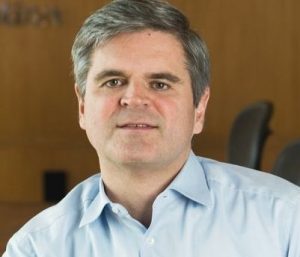
Jim Kimsey hired Case as the Vice President of Marketing during the launch of Quantum Computer Services, and later, promoted him to the position of Executive Vice President. As the Executive Vice President, Steve changes the company’s strategy and introduced Quantum Link. This was an online service for Commodore 64 and 128 computers. Quantum Link, (Also known as Q-Link) was based on software licensed by PlayNet Inc. AOL had included the online games since the very beginning of its launch date. Quantum Computer Services grew in popularity during the 90s period as it became the leading internet service provider in the United States.
Kimsey saw the potential in Case and decided to appoint Case as the CEO of the company after he retires. Eventually, in 1991, when he retired from the services of the company, Kimsey appointed Case as the CEO of the company. Steve, in late 1991, renamed the company to American Online, and from then, the company began to touch new heights.
He began the journey with complete enthusiasm and with the decisions he was making for the company, it didn’t feel like he was a newly-appointed CEO. Steve made AOL pioneer in the social media concept. The instant messaging app that AOL rolled out was called out to be an absolute ‘killer’. He looked out into all the services to make them affordable, easy to use and fun for the consumers. AOL user base grew up to be as large as 26.7 million. By 2000, AOL’s worth was $125 Billion and was the nation’s biggest internet provider.
In that period, AOL was delivering a massive 11,616% return to its shareholders. It began to roll out more and more web services. Many services like e-mail, search engines, news, sports, weather etc. were introduced by AOL in the market.
Steve personally had many successful interactive online titles to his name. Quantum Space was one of the fully automated Play by email game. His other contributions were graphical chat environments, Habitat and Club Caribe. Alongside that, he induced the first Massively Multiplayer Online Role-Playing Game (MMORPG) Neverwinter Nights.
It was 2001 when Steve negotiated the largest merger in the business history that has ever been done. Under his leadership, he managed to bring AOL and Time Warner together with AOL stockholders getting the majority stakes. The merger included more than $164 billion. The merger, however, failed as AOL – Time Warner fell into recession, followed by accounting scandals and much more. In January 2003, Steve resigned as the CEO of the company but still remained in the Board of Directors. “It took me 10 years to finally realize that the company was a success,” said Steve in an interview when asked about his time in AOL. In 2005, he resigned from AOL’s Board of Directors. AOL, in May 2015 was brought by Verizon in a deal valued at $4.4 billion.
Steve is a die-hard entrepreneur, and even after his stepping down as the CEO, he still continues to invest in upcoming entrepreneurs. He went on and became the founding chair of Startup America Partnership, which was launched by the White House to accelerate high-growth entrepreneurship through the nation. Alongside that, he was a member of President Obama’s Council on Jobs and Competitiveness. In 2014, he was named Presidential Ambassador for Global Entrepreneurship. Since then, he has been a leading voice in shaping government policies, like the passing of the JOBS (Jumpstart Our Business Startups). He is also the Chairman of Case Foundation, that has invested in more than a hundred organizations, initiatives and partnerships. Steve has pledged to donate his major wealth for the philanthropic causes.
Steve Case, who has the spirit of true entrepreneurship, gives us the clear message that passion is what drives a person to his ultimate goals. Steve is a living inspiration and is someone to learn from if you are looking to start up your own business.

Raghav is a student and a content writer. He loves to write about emerging as well as the existing technologies around and about the ones who bring them to you. Music is the other passion that Raghav processes. It is like the fuel to his body. He is also in writing songs and poems. He believes that life is short, so live the best out of what you have got. Raghav considers himself a sci-fi guy, having stories and tech all around in his head, all the time.

